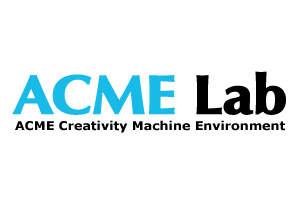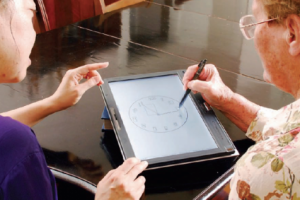Early detection of symptoms is of critical importance in diagnosing and treating cognitive dysfunction. One important instrument utilized for detecting early signs of cognitive dysfunction is the Clock-Drawing Test. In this test, patients are asked to draw a clock face at a certain time and are evaluated on how well they perform this task. At present, analysts must individually administer and assess each test a person completes. Automating the process would grant many advantages: the patients could complete the clock test more often to measure improvement, stabilization or variation over time; the patients would receive immediate feedback on their results; the evaluation structure would become more standardized for broader assessment, and multiple evaluation tools could be utilized simultaneously. Toward these ends, the ClockReader project will seek to automate the administration and evaluation of Clock-Drawing Tests on tablet PCs. The ClockReader project will then be tested on both past Clock-Drawing Tests and new tests performed by new participants.

Welcome to ACME lab! A Creativity Machine Environment! We like the acronym of ACME, since it means the highest point, and also refers to the fictional company in Looney Tunes, which is A Company that Makes Everything! Why creativity machine? We believe everyone can be creative because everyone has the ability to make things. Why machine? Human beings are wonderful, intricate machineries! In the efforts to understand human intelligence and creativity (cognition), or how people design everything (from their meals, to furniture, house, or software programs), we build models and machines (theory and model) to attempts to explain, and simulate, or to explore the boundaries of these ideas that are inside blackboxes.
What do we do? We are interested in everything about design computing and cognition! From ambient intelligence to physical computing, from sketch understanding to intuitive design tools, from web log analysis to social networking, from patient communication systems to ubiquitous computing, from interactive furniture to architectural robotics, just to name a few.



